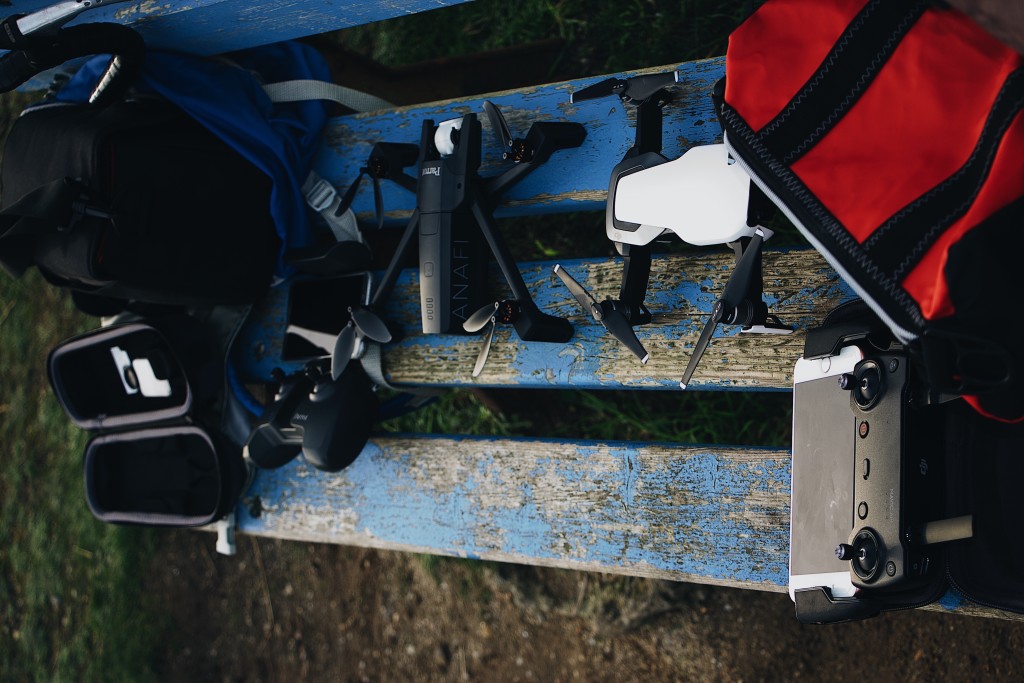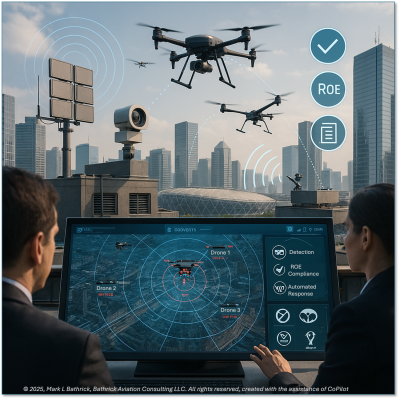With the new EASA universal drone regulations, the regulatory landscape is set to change in Europe. Although some things will still be left to member nations to determine, the regulations are designed to streamline the set of drone operation rules across the EU. This is intended to open up the airspace for drone operations across Europe and set the stage for more advanced operations in the future that will enable a fully integrated U-space.
Because this will inevitably change local drone operation rules, there will most likely be a learning curve as people adjust to the new regulations and expectations. This is a risk that should not be taken lightly, should something happen while a drone is in flight, not being in compliance with current rules and regulations makes the drone operator liable for any damages or injuries that occur.
We reached out to Daniel Dodd, Aviation Manager at CoverDrone, one of Europe’s biggest bespoke drone insurance companies, to find out about how the new changes in regulation might affect how drone operators fly and get insured, as well as get some practical advice about how to fly safely in any regulatory environment.
Danielle Gagne: What, in your opinion, should drone operators pay close attention to in the new EU regulations from an insurance standpoint?
Daniel Dodd: Under the new changes, three categories of operation will be introduced. These are Open, Specific and Certified, and relate to the level of risk involved. We are concerned that people will try and squeeze themselves into a lower category to save the money and time that pilot training can take. They may then choose to perform an operation that falls into a higher category, which could then invalidate their insurance cover.
Will the new EASA EU regulations impact how drone operators are insured?
We are currently awaiting further clarification and feedback from the CAA (Civil Aviation Authorities). Our current understanding is that EC785/2004 still applies to commercial operators, and that requirement is still based upon the usage of the drone. However, within the coming months, this could change dependent upon the advice we receive from the CAA.
Our insurance product is currently available worldwide, therefore our policy wording is written in a way to cater for different territories rules and regulations. As a result, the new EASA regulations will not affect our insurance product. We simply ask all our clients to comply with the local laws and regulations of the territory in which they are operating in.
Do you think the efforts by EASA to create universal drone regulations will help people fly safer, especially when moving about the EU?
We feel that the new EASA regulations will help pilots take out the confusion, for both commercial and recreational operators, when operating within different territories because the rules are now the same across the board. We believe we will see pilots, especially recreational pilots, more likely to comply with the new regulations, as pilots must only understand one set of rules, rather than multiple sets.
With all the red tape drone operators have to go through, we sometimes forget that regulations are there to ensure we are operating safely. What, in your opinion, is the most overlooked regulation that tends to put people at the most risk?
From an insurance point of view, the risk is pilots flying without the relevant licenses that are required within the country they are operating in. For example, currently in the UK, commercial operators are required to obtain a PfCO in order to complete commercial operations. Operators struggle to understand what defines both a commercial and recreational flight, and, therefore, we often see recreational pilots completing commercial operations. This puts both the pilot and the public at risk as the pilot may not have the necessary knowledge to undertake the flight safely and lawfully. Further to this, performing a commercial flight underneath a recreational insurance policy, would invalidate a pilot’s cover.
What practical advice can you provide operators for conducting a safe and successful mission from pre-flight planning to takeoff and landing?
During pre-flight planning there are three key things you can do to ensure a safe flight.
First, you want to plan your route. Prior to a pilot’s flight, they need to take the time to think about where they are going to fly. They will want to think about the types of hazards that they might encounter and who else might be flying in that area. Take advantage of the area reports within apps such as the Coverdrone FlySafe App, which highlight a summary of restrictions and hazards. They can also provide visibility of your flight to other drone users on the data exchange network.
Second, always check the weather. It is extremely important that pilots check wind speeds before they take off, as strong winds can severely affect a pilot’s ability to control their drone. Temperature is also an important consideration as some drones simply will not operate if their batteries are below a certain temperature. It is important to check individual drone manufacturer guides, but almost all consumer drones should not be flown in temperatures below zero. Also think about other factors such as damage to motors and other internal electronics.
Furthermore, pilots will need to judge their ability to operate the drone in different weather conditions. If visibility is poor, they might struggle to maintain visual line of sight with the drone if it is more than a few feet away. In cold weather, they may lose the sensitivity in their hands, affecting their ability to control the drone.
Third, you should always check your drone before flight. Before taking off it is important that the pilot checks their drone for any loose parts or areas of damage. Check that the unit’s blades are firmly attached. Battery levels should be checked to ensure that they are sufficient for the flight, and ensure the drone and the controls are paired and working properly. Also, test the drone at a low altitude before commencing the main flight to check that it’s responding to the instructions as expected.
Pilots may also wish to set the drone to return to home (RTH) altitude. In RTH mode the drone will fly to the preset altitude and then return to the home point automatically. Its recommended that the RTH altitude is set before take-off. This will ensure that the drone won’t fly into any obstacles on the way back.
During takeoff, flight, and landing there are two things you can do to ensure your flight is successful.
First, to make sure your takeoff and landing is conducted safely, it is essential to consider your surroundings. Even with a great amount of room, the drone may still sway side to side. Know your drones’ hovering accuracy and make sure you’re well clear of people, buildings, overhead electrical wires and any other potential hazards.
Second, when possible, pilots should work within a team or ask somebody to spot for them whilst operating the drone. This mitigates the risk of a pilot becoming distracted by attempting to do two jobs at once. In doing this, another person can look for any potential hazards that the pilot may not have spotted due to keeping the drone in sight. This could be in the air or on the ground, such as members of the public entering the area in which the flight is taking place for example.
To learn more about Coverdrone’s commercial and recreational policy coverage, check out CoverDrone’s website at https://www.coverdrone.com/.
















Comments